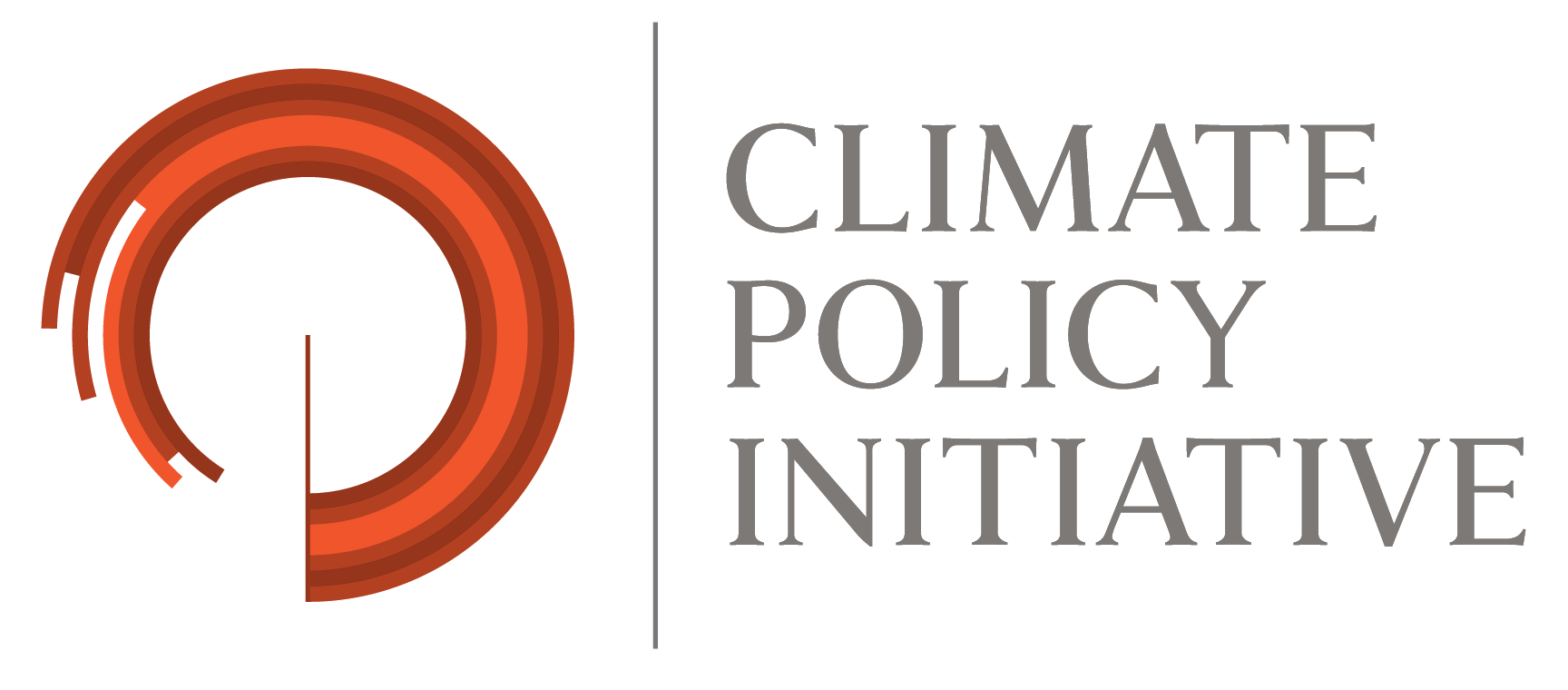14 May 2025, London — New research released today confirms that the world’s agriculture and food systems remain chronically underfunded for a climate transition. Investment has still not reached the speed or scale required to address the devastating impacts of the climate crisis on global agrifood systems.
The analysis by the ClimateShot Investor Coalition (CLIC) finds that agrifood systems receive 7.2% of global climate finance, just short of USD 95 billion annually. This is merely 8.3% of the USD 1.1 trillion in climate funding required annually by 2030 to reduce the sector’s impact on deforestation, emissions, biodiversity loss, and to adapt to rapid environmental changes that impact global food security, production, and supply chains.
The Landscape of Climate Finance for Agrifood Systems 2025 (Agrifood Landscape) analyzes climate finance to global agrifood systems in 2021/22 [1], leveraging Climate Policy Initiative’s expertise in tracking investment flows across sources, uses, sectors, regions, and instruments. While headline figures show positive improvements – flows have risen 332% compared to the USD 28.5 billion recorded in 2019/20 –, this progress builds on a low base, and the underlying data reveals that growth has been concentrated in upper-middle and high-income economies.
A key driver of growth has been a sharp rise in spending in the EU and China, which together accounted for 90% of domestic funding. Excluding these two regions, the increase in total agrifood funding would drop to a much lower 62%. Funding remained lacking in key agrarian economies in sub-Saharan Africa, South Asia, and Latin America, where real and perceived risks, limited bankable projects, and a lack of de-risking tools continue to deter investment at scale.
The report also found that energy-related projects, such as agrivoltaics and biomass, continued to attract the highest levels of investment. On-farm and land-based activities, such as soil carbon sequestration, sustainable livestock management, and agroforestry remain severely underfunded. Currently, all agrifood sectors are underfunded to be compatible with a net zero transition.
Other key insights from the analysis include:
- Public finance (USD 73.8 billion, 78%) remained dominant, with domestic sources surpassing international sources in terms of both share and volume. However, this growth was primarily concentrated in advanced markets, underscoring persistent disparities in domestic resource mobilization in emerging and developing economies.
- Dual-benefit finance (targeting both adaptation and mitigation) (USD 37 billion, 39%) surged nearly six times from 2019/20 levels, with agrifood systems receiving over half the total dual-benefit finance tracked across all sectors (USD 64 billion).
- Equity finance (USD 18.6 billion, 20%) multiplied five times from 2019/20 levels, driven by balance sheet financing for energy-related projects. However, early-stage venture capital is limited, and insurance and guarantees remain underused despite their de-risking potential.
“Agrifood systems are not equipped for the climate crisis, which will have far-reaching implications on economic stability and livelihoods, especially in smallholder and developing contexts,” said Dharshan Wignarajah, UK & EU Director, Climate Policy Initiative, which acts as the Secretariat for CLIC. “The challenge is not just to mobilize multiples of investment in agrifood systems, but to channel it effectively to build the system’s ability to withstand climate shocks. Without an urgent and fundamental shift in capital flows, the future of global food security and supply chains will remain at risk.”
Embedding sustainability across the world’s farms, forests, and fisheries can deliver significant mitigation and adaptation benefits while restoring ecosystems and strengthening rural resilience. A more strategic mix of instruments is needed to match the sector’s diverse risk profiles—complementing debt with greater use of grants and concessional finance to address subsectors that are premature for commercial investment, equity for scaling climate innovation and impact, and tools like guarantees and insurance to unlock private finance for smallholders and high-risk contexts.
[1] We report climate finance flows as biennial averages to smooth out annual fluctuations in data.
Contact
Mallika Pal
Senior Communications Associate
mallika.pal@cpiglobal.org
About the ClimateShot Investor Coalition (CLIC)
The ClimateShot Investor Coalition (CLIC) is a global coalition working to accelerate and scale finance for low-carbon, climate-resilient, and nature-positive agriculture and food systems globally. Climate Policy Initiative (CPI) is the Secretariat of CLIC. CLIC is funded by UK International Development of the Foreign, Commonwealth, and Development Office (FCDO).
About Climate Policy Initiative (CPI)
CPI is an analysis and advisory organization with deep expertise in finance and policy. Our mission is to help governments, businesses, and financial institutions drive economic growth while addressing climate change. CPI has seven offices in Brazil, India, Indonesia, South Africa, the UK, and the US.

